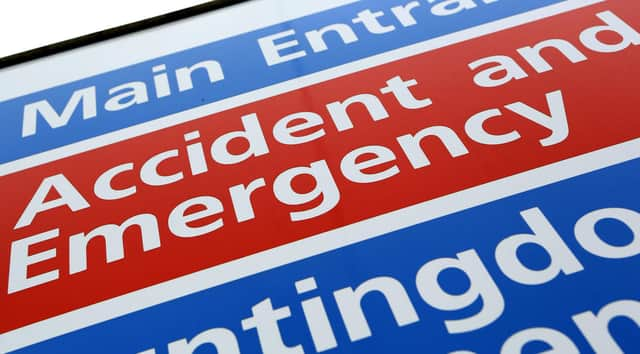Rise in visits to A&E at University College London Hospitals Trust


More patients visited A&E at University College London Hospitals Trust last month, with demand rising well above the levels seen over the same period last year.
NHS England figures show 11,165 patients visited A&E at University College London Hospitals NHS Foundation Trust in February.
Advertisement
Hide AdAdvertisement
Hide AdThat was a rise of 3% on the 10,855 visits recorded during January, and more than double the 5,303 patients seen in February 2021.
The figures show attendances were below the levels seen before the coronavirus pandemic – in February 2020, there were 11,983 visits to A&E at University College London Hospitals Trust.
All of last month's attendances were via major A&E departments – those with full resuscitation equipment and 24-hour consultant-led care.
Across England, A&E departments received 1.8 million visits last month.
Advertisement
Hide AdAdvertisement
Hide AdThat was a decrease of 3% compared to January, but 43% more than the 1.3 million seen during February 2021.
At University College London Hospitals NHS Foundation Trust:
In February:
There were 640 booked appointments, up from 612 in January
73% of arrivals were seen within four hours, against an NHS target of 95%
274 patients waited longer than four hours for treatment following a decision to admit – 2% of patients
Of those, 37 were delayed by more than 12 hours
Separate NHS Digital data reveals that in January:
The median time to treatment was 56 minutes
Around 2% of patients left before being treated